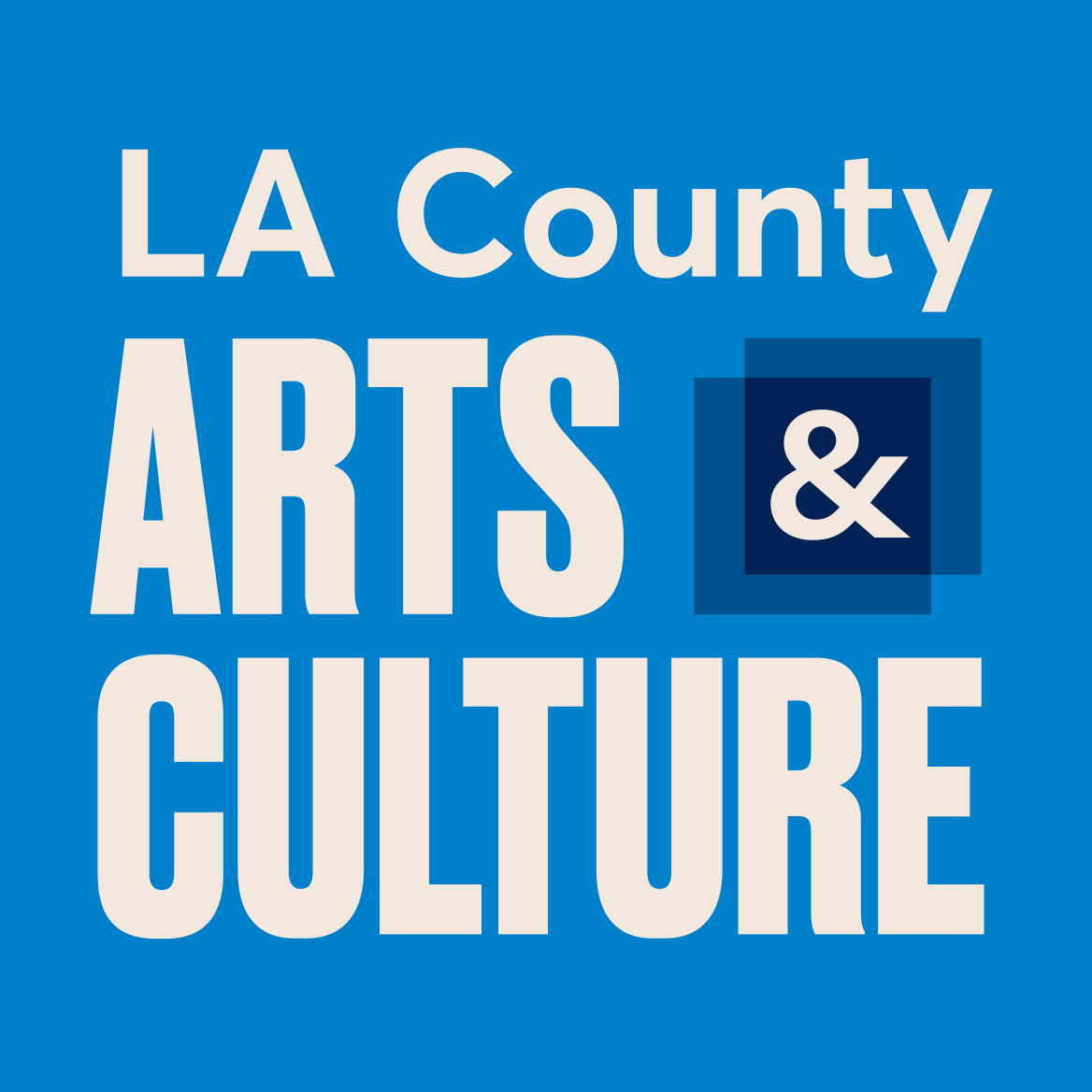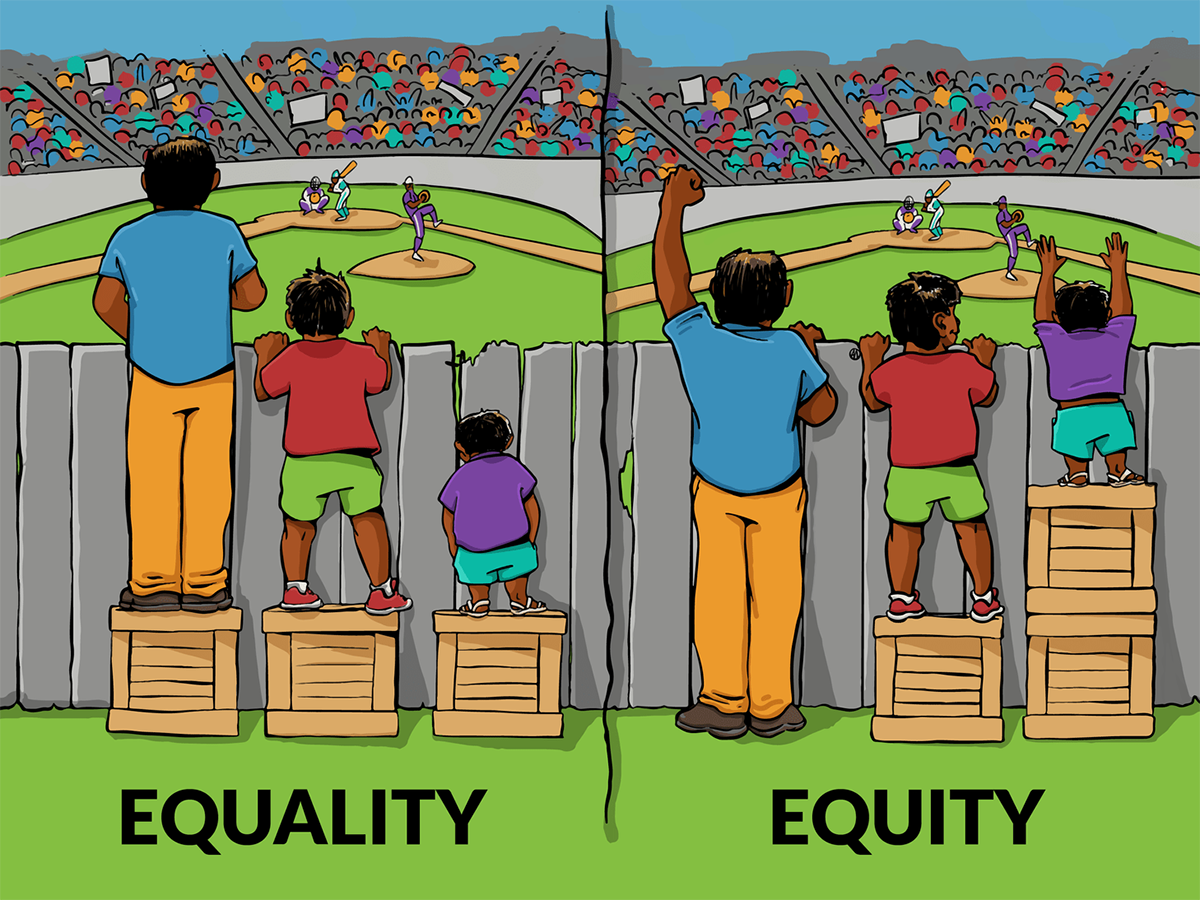Download the PDF
Definitions
- Statement: brief explanation of why the organization is committed to diversity, equity, inclusion, and access, and the alignment of that commitment to the overall mission of the organization.
- Policy: outlines the organization’s broad vision for and commitment to diversity, equity inclusion and access, and the alignment of that commitment to the overall mission of the organization as defined in their statement, and further details what the organization does to realize that statement.
- Plan: outlines how the organization will work (now and in the future) toward complying fully with policy and evaluating progress on an annual basis.
**NOTE: These three elements build on each other! **
Statements, policies, and plans should reflect organizational thinking about board, management, staff, volunteer, and artist composition, as well as programming and audiences/participants.
- Diversity: The demographic mix of a specific collection of people, taking into account elements of human difference, but focusing particularly on race and ethnicity, LGBTQ populations, people with disabilities, and women.
- Equity: The promotion of justice, impartiality and fairness within the procedures, processes, and distribution of resources by institutions or systems. Tackling equity issues requires an understanding of the underlying or root causes of outcome disparities within our society.
- Inclusion: The degree to which diverse individuals are able to participate fully in the decision-making processes within an organization or group.
Vision Holders
Reflect on those who will guide and shape your organization’s CEI efforts. Those charged with this responsibility should be people who are not just assigned a task, but are empowered to influence outcomes:
- Are respected for the many ways they contribute
- May already have a role in decision-making processes
- Are recognized and valued for their commitment to expanding and advancing the topics of equity and inclusion
- Are responsible for keeping the CEI efforts alive
- Understand that CEI statements must be supported by ongoing, strategic efforts
Maybe: Staff Members, Board Members, Artists, Donors, Community partners, etc.
|
|
|
|
|
|
|---|---|---|---|---|
| 1. | ||||
| 2. | ||||
| 3. | ||||
| 4. |
If you need to recruit vision holders, who comes to mind?
How do you communicate the vision to newcomers?
How has your vision evolved since its initial development?
What actions do you need to take to identify, empower and engage vision holders?
8 Key Lessons From the CEII Literature Review
Across the four areas analyzed in the literature review, (Board, Staffing, Programming and Audiences) the following key lessons appear to be universal:
- Be explicit about goals for cultural equity and inclusion in all of the organization’s materials, including its mission statement, job descriptions, board recruitment materials, grant requirements, casting and programming. If participation and engagement with a particular community is desired, state explicitly who that community is and how they will be engaged.
- The meaning of diversity, cultural equity and inclusion goes beyond race and ethnicity, and must be defined for each organization. Depending on the context, this may include the homeless, the incarcerated, the disabled, the poor, veterans, the elderly and the LGBTQ community. It may also include psychographic traits related to personal opinions, fears and aspirations.
- Partner with organizations serving the communities you wish to serve. This includes both arts organizations and non-arts organizations, and even non-organizations.
- Define terms, set clear goals and measure progress, then celebrate victories while also identifying the barriers that are preventing success. Share all of this information publicly, as part of being explicit about what you want to achieve.
- To achieve full cultural equity and inclusion will take a long time. Plan for the long haul, and be prepared for hard work.
- Include culturally specific organizations and understand their place in the larger arts and culture ecology of the region. This includes recognizing their leadership and role in serving the communities you also wish to serve.
- Your institution may change as a result of all this work. In fact, it must. These changes may challenge staff, board members, audiences and other stakeholders, so plans will be needed to manage change. There is a robust body of literature on this from practitioners from both the nonprofits and business sectors which may be useful.
- One size does not fit all, and this must be considered in board recruitment, hiring, grantmaking and building partnerships. Organizations and artists differ by discipline, size, life cycle placement, community served, type of programming and mission, and those differences should be recognized in organizational processes.
Using a piece of paper, draw a horizontal line and identify key points in time in your organization's history and CEI journey.
Instructions
Please Enter:
- The year the organization was founded: In a short phrase, why was the organization founded?
- The date that you became part of the organization
- The dates of the intentional efforts regarding Cultural Equity and Inclusion (CEI)
- The dates of other activities related to inclusion, equity, diversity that you are aware of—using vertical space, above or below the line, indicate if this was a high point or a low point for the organization
Today:
- Use a few phrases to describe your organization’s current landscape (internal and external) re: CEI
What are the values that best capture why your organization invests time, resources and commitment to intentional activities to increase cultural equity and inclusion? What is the benefit for your organization?
What historical and/or contextual information is important to understanding your value proposition? (think of your timeline!)
Describe the individuals, roles, and/or systems used to sustain and advance the CEI vision for the organization.
Assessment
(How will our CEI policy link with our vision statement, mission statement, core values, etc.)
Goal Setting
(What we want/need to do to progress towards our CEI vision, mission, values, etc.)
Approaches and methods for achieving our goals
(Describe the initial and ongoing efforts for developing strategies and taking action)
Desired Outcomes
(Describe how you will measure progress)
Goals
(How will our CEI policy link with our vision statement, mission statement, core values, etc.)
Strategies
(What we want/need to do to progress towards our CEI vision, mission, values, etc.)
Leadership
(Who will assume leadership for each strategy? What is expected of the leader?)
Timelines
(When will the effort be accomplished or key milestones that signal progress?)
Resources
(What resources will be required to successfully achieve the goal?)
Monitoring & Evaluation
(How will you monitor progress and measure outcomes?)
Audience
Who are you addressing?
Context
How did you/your organization get here? What is the problem or threat?
Goal
What do you want to have happen?
How will you know you are succeeding?
What are your outcomes? How will you measure and communicate them?
Your message
This worksheet is also available as a pdf for easy download.



